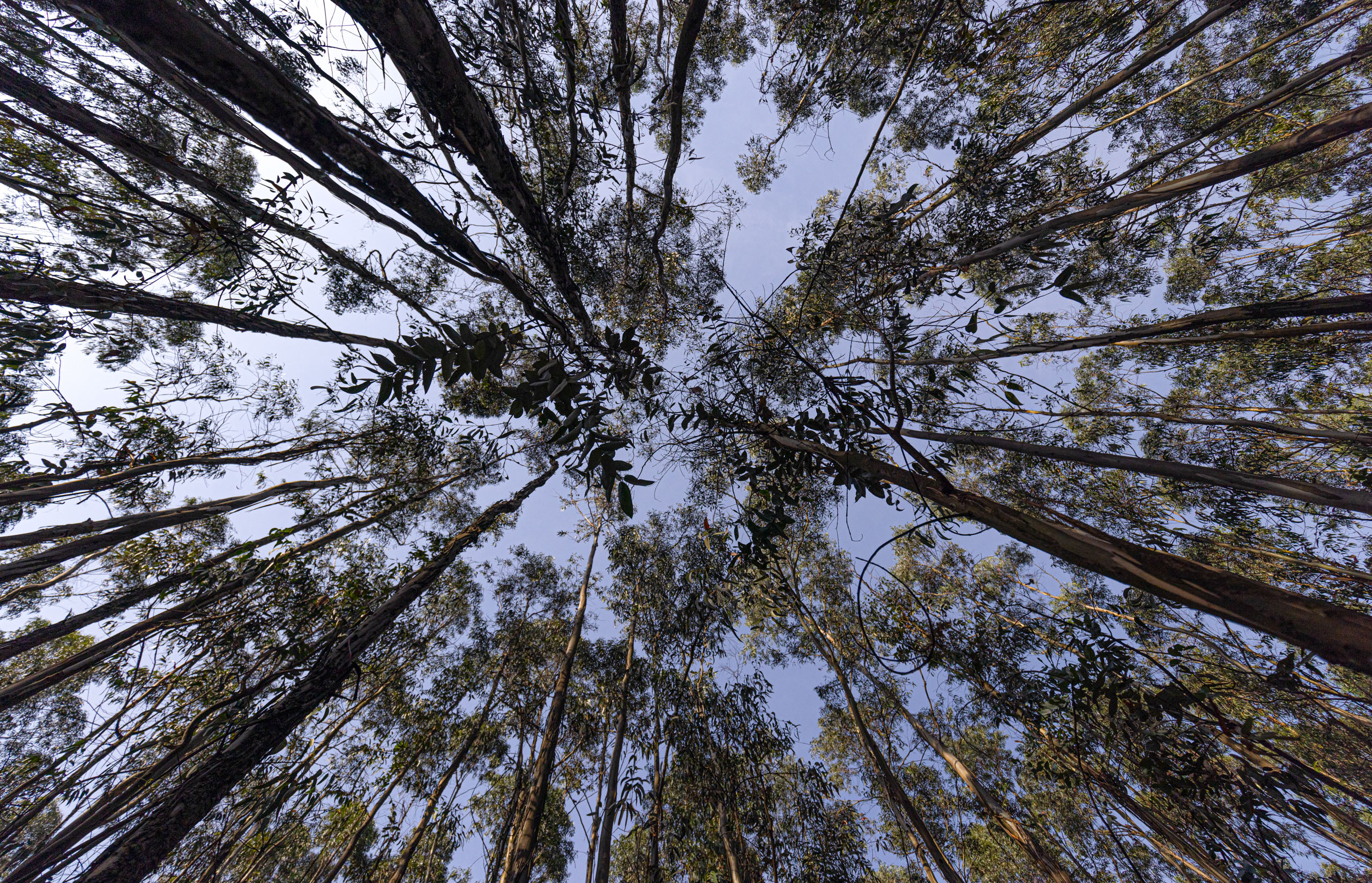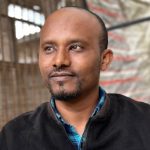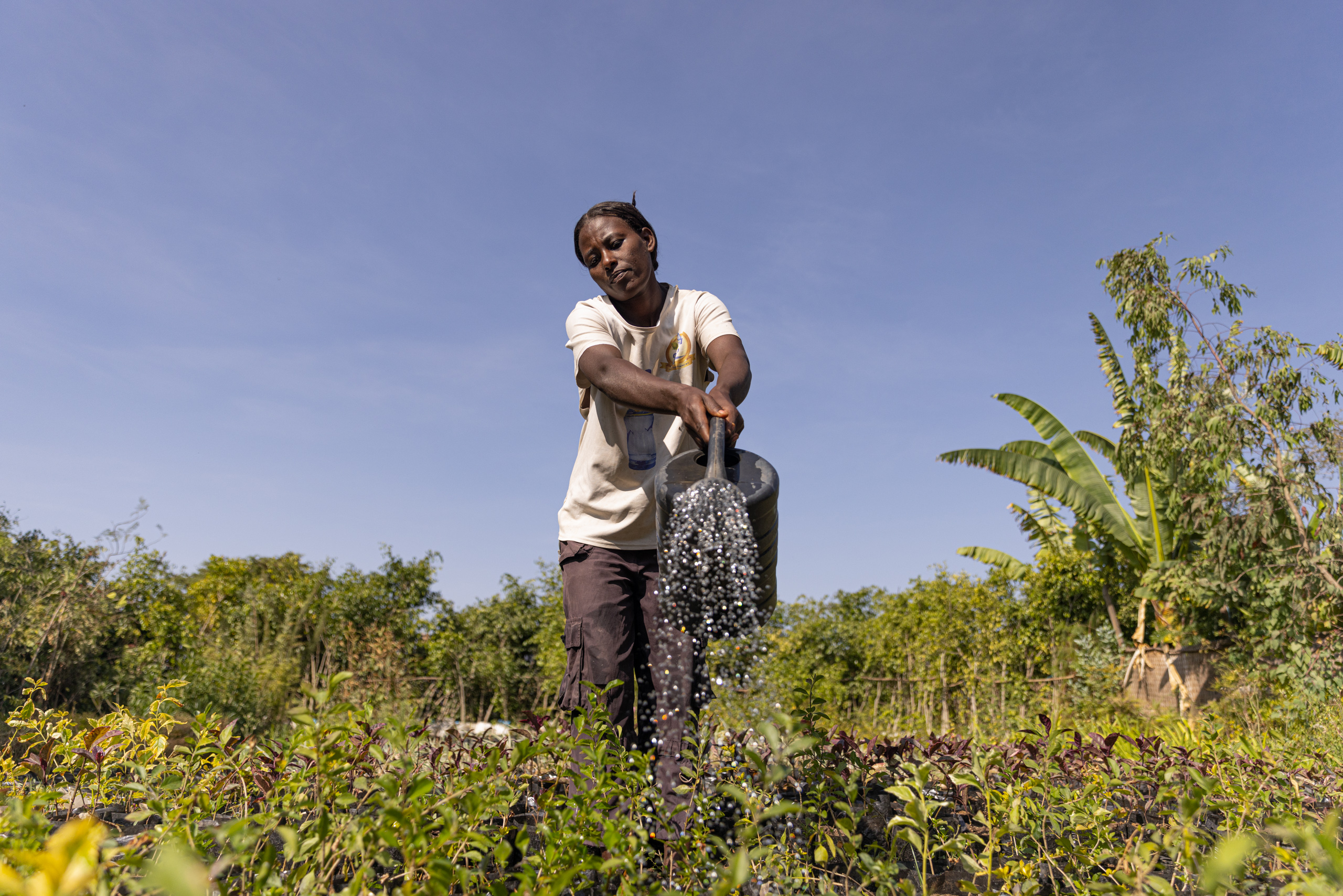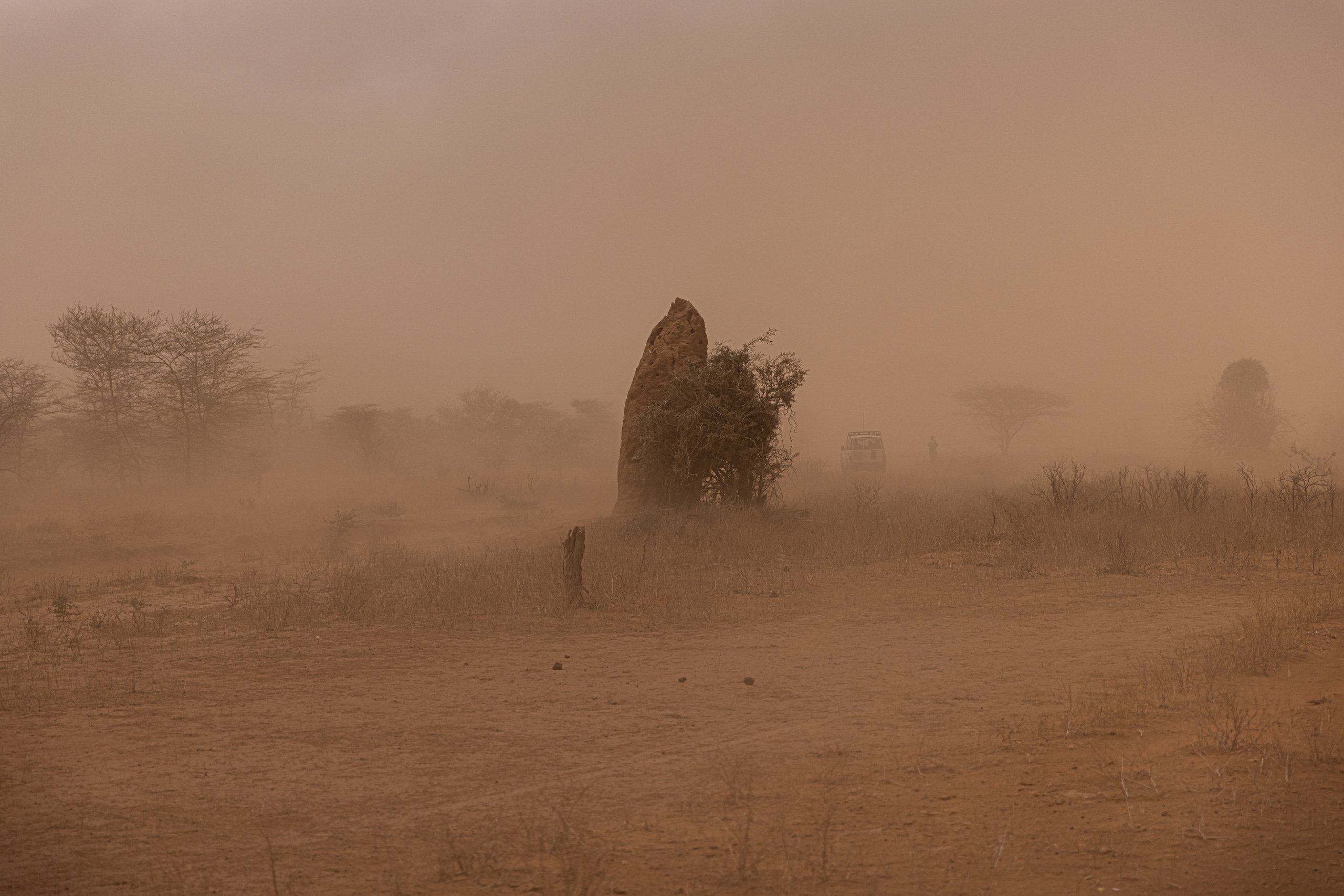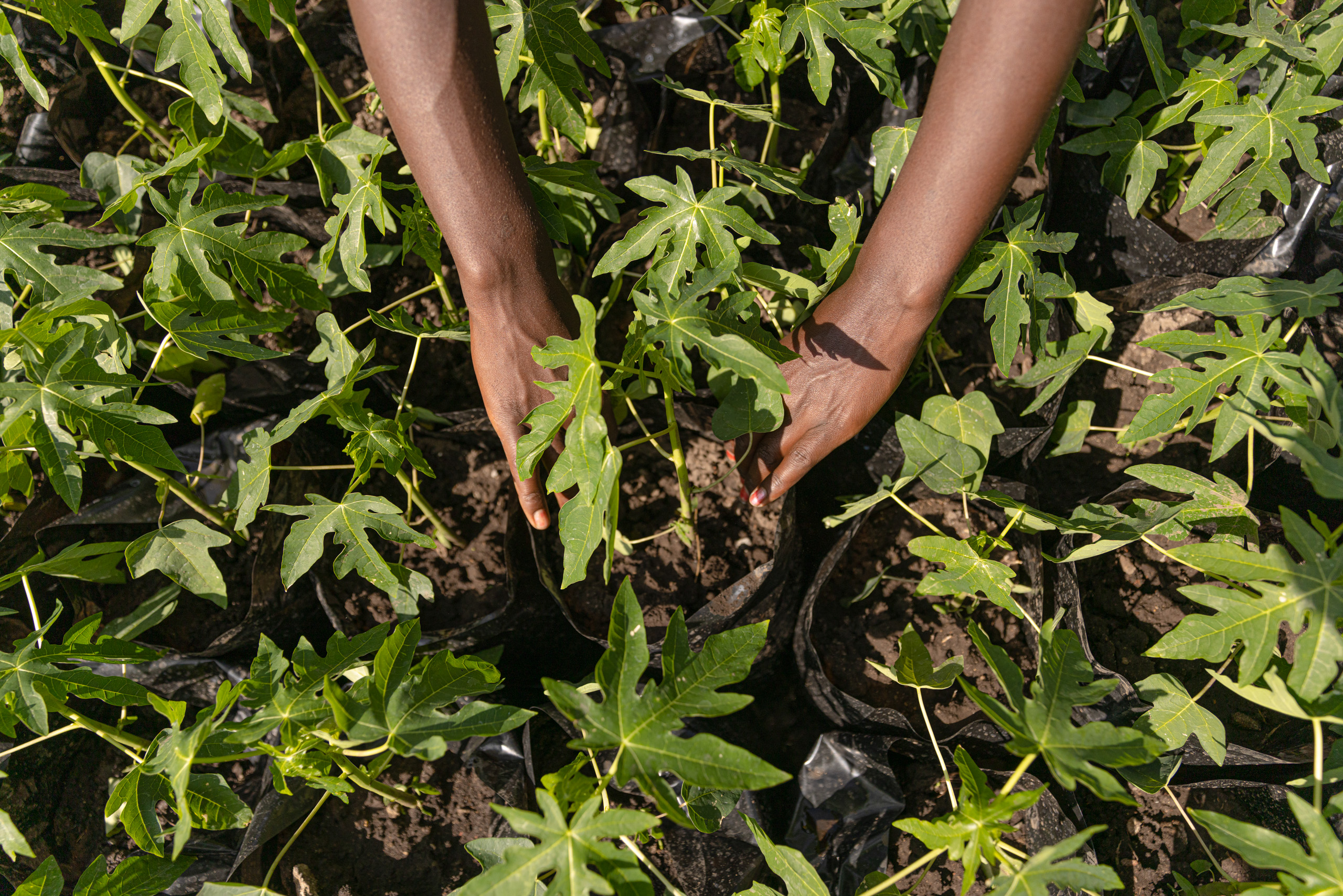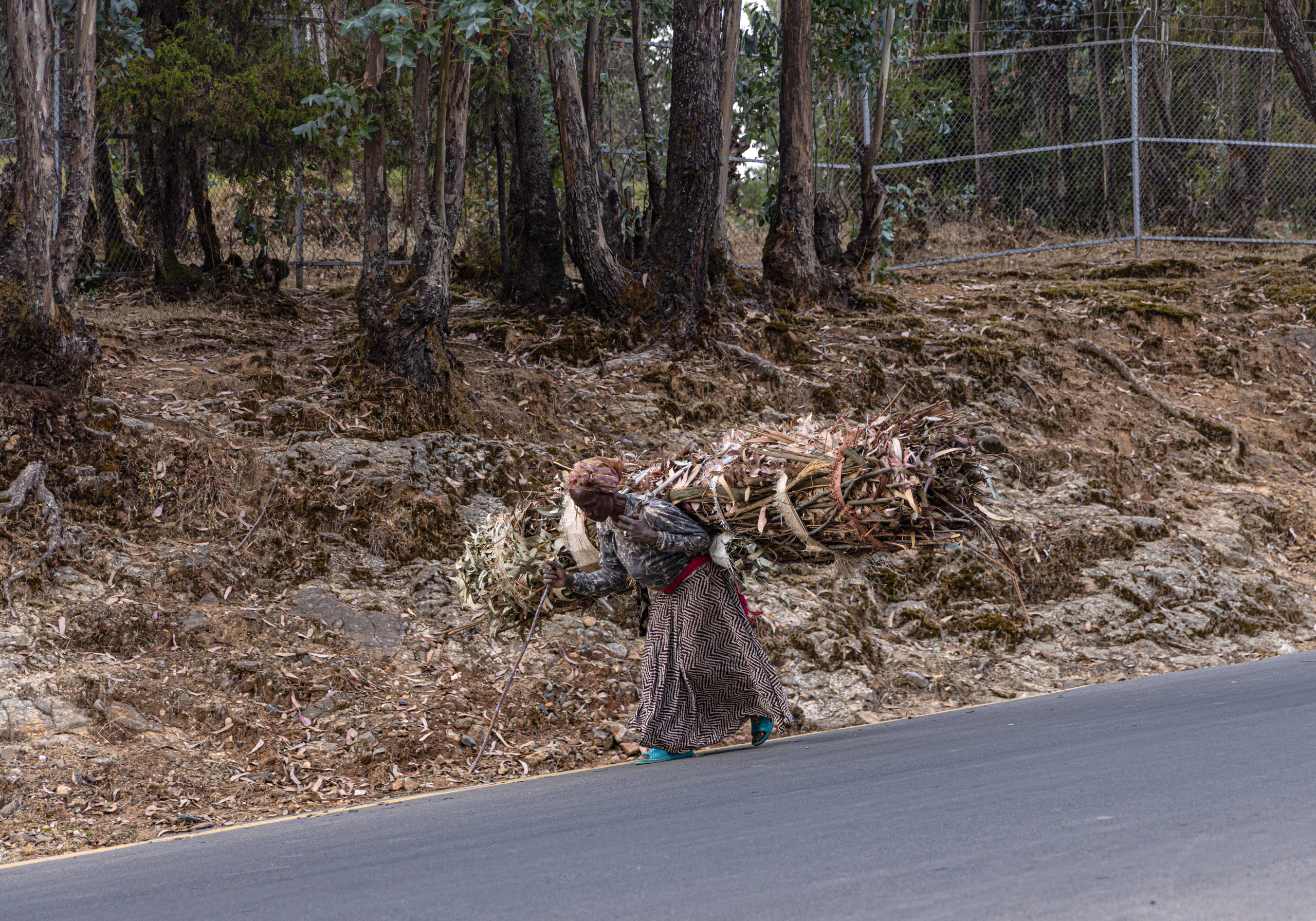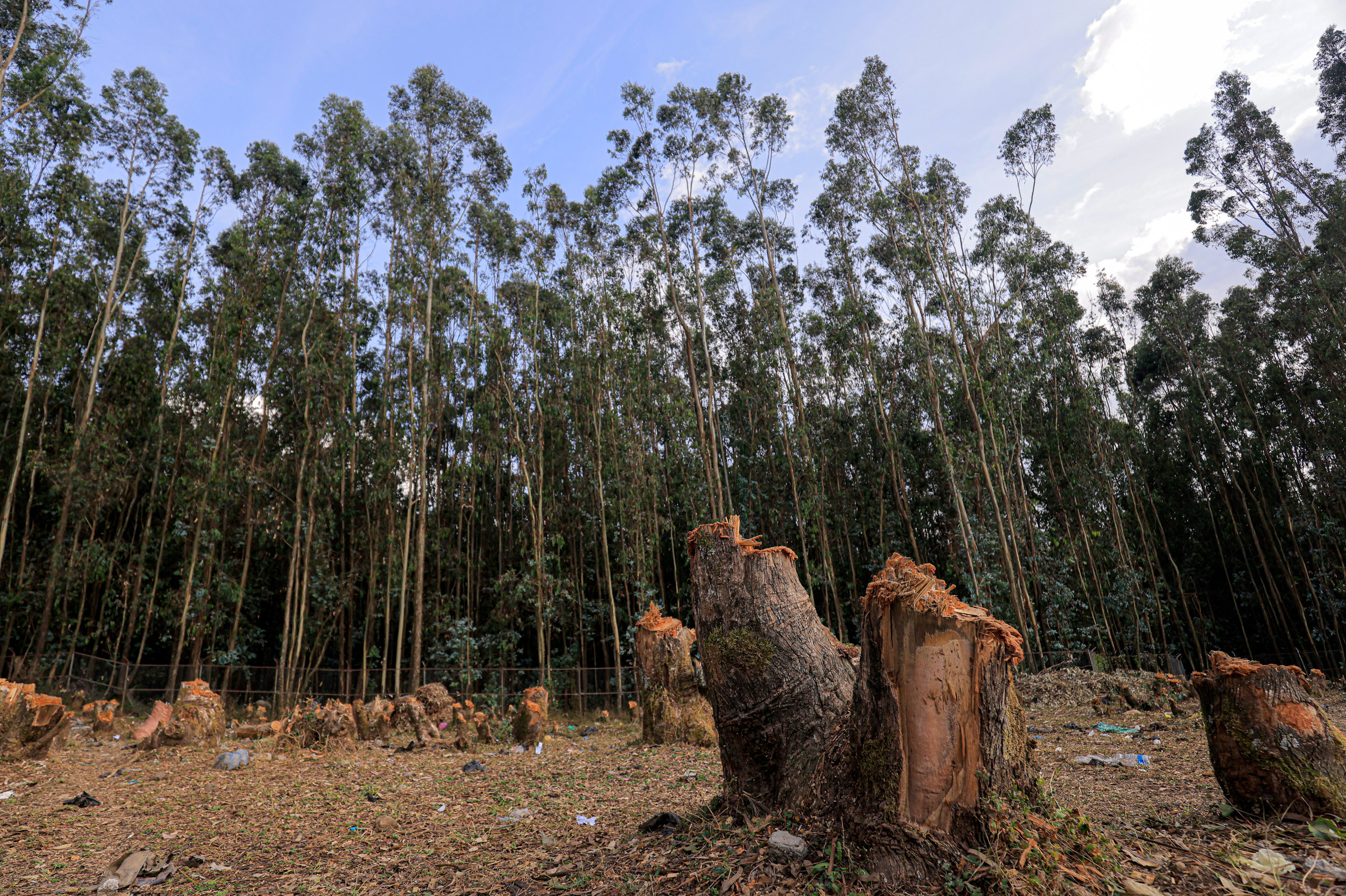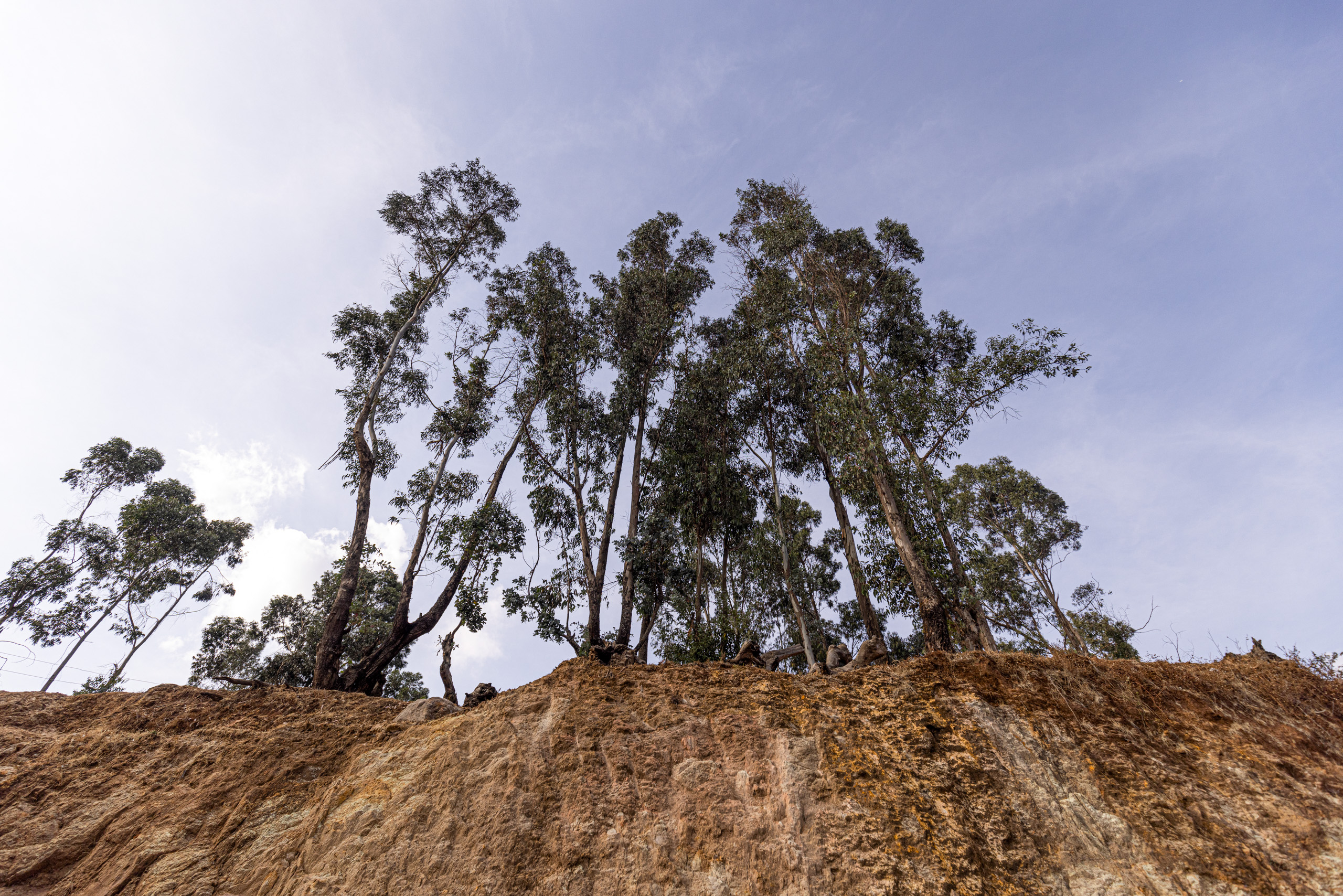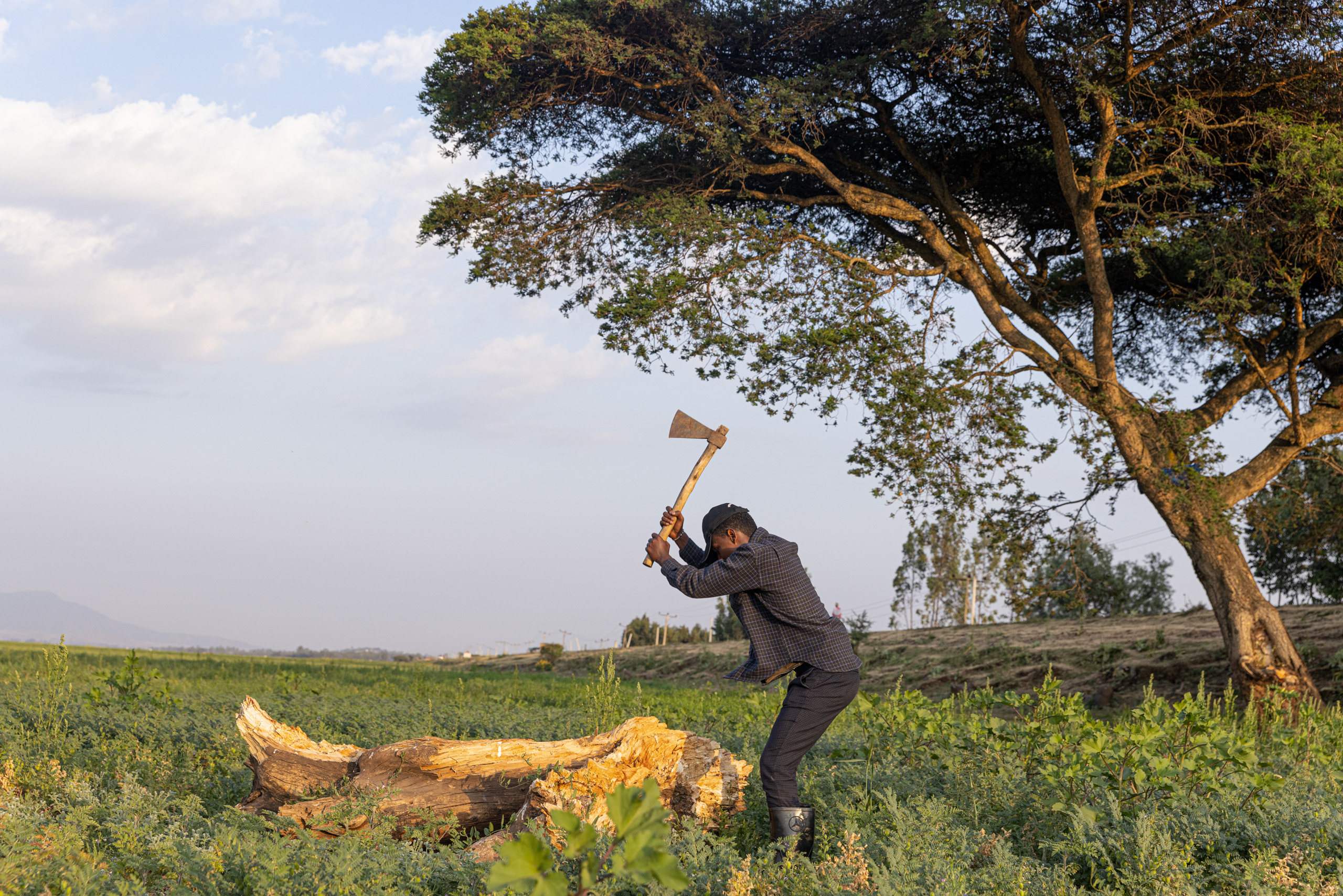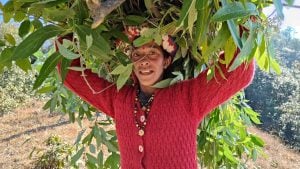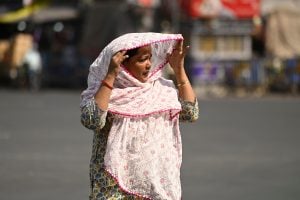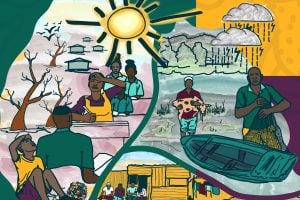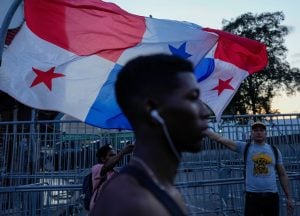Over 85% of Ethiopia’s land is considered moderately to very severely degraded, according to a 2007 estimate by the UN convention on desertification. This is a particularly acute problem in a country where 85% of people rely on agriculture and pastoralism for their livelihoods.
To halt and reverse the degradation, various measures have been taken including the Green Legacy initiative. Launched in 2019, by the end of 2022 the government said the initiative had mobilised Ethiopians to plant 25 billion seedlings. There were plans to restore an “additional 22 million hectares of degraded land by 2030,” it said, equivalent to one-fifth of the country’s land area.
The government has hailed the initiative as a success in environmental restoration, job creation and carbon sequestration. But this assessment is complicated by a lack of data transparency, the absence of a central organising office, and budget constraints.
Trees for development
Ethiopia is located in the easternmost part of the African mainland. This Horn of Africa region is currently experiencing its most severe drought on record. The drought, exacerbated by climate change, is predicted to continue, “pushing 26 million people in the region into crisis or worse level of food insecurity”, the UN Refugee Agency stated in 2023.
In Ethiopia alone, five failed rainy seasons have left up to 12 million people facing food shortages, a 2023 Save the Children report indicates. Environmental degradation is also a major driver of conflict and displacement in the region, as it is in the neighbouring Middle East and North Africa region.
The Green Legacy Initiative is one of the efforts to confront this crisis. It intends to increase forest cover, expand agroforestry, enable eco-tourism, green urban areas, restore degraded land, and ensure food security. According to the UN Department of Economic and Social Affairs, the initiative forms part of the country’s “multifaceted response to the impacts of climate change and environmental degradation”.
It also forms part of the transboundary Great Green Wall initiative, which aims to combat desertification across the Sahel – a semi-arid region bordering the Sahara Desert.
Adefires Worku, the Green Legacy initiative’s technical committee chairperson, said: “The approach we followed was to grow 30% of fast-growing trees, 30% of indigenous trees and 40% of ornamental and fruit-bearing seedlings.”
These fruit-bearing trees include avocado, mango, apple and papaya, which contribute to both Ethiopia’s food security and agricultural exports, Worku added.
In the last year or so, the initiative has placed even greater emphasis on fruit trees. By May 2023, they made up 55% of the seedlings being prepared at nurseries, according to the agriculture ministry, as reported by Ethiopian Monitor.
The total planting target for 2023 was 6.5 billion seedlings, Ethiopian Herald stated. Among these, 2.2 billion would aim to contribute to forest development, and the rest would be for agro-forestry.
The Green Legacy initiative has made tree planting a culture among Ethiopians. More than 30 million participate every year, and on a single day in July 2023 the government claimed 560 million trees were planted.
In 2022, Prime Minister Abiy Ahmed Ali said the initiative had directly created more than 767,000 jobs so far. A number of local studies have found that income from forests contributes significantly to rural Ethiopian households’ income, in some cases on a par with agriculture, demonstrating how forests benefit livelihoods.
Too good to be true?
Some are sceptical about both the claimed quantity and variety of trees planted.
Dr Wubalem Tadesse works at the Ethiopian Environment and Forest Research Institute. He told Dialogue Earth: “Farmers tend to plant fast-growing trees which provide economic benefits in a shorter period of time, like eucalyptus.” Tadesse said that many smallholder farmers use eucalyptus for timber, firewood and pulpwood. Eucalyptus is, however, infamously thirsty and can have a negative impact on native flora.
Assessing how many seedlings survive is also challenging. For the 7.5 billion the government said were planted between July 2022 and July 2023, it put the survival rate at 85%. Sources at the Environmental Commission told Dialogue Earth that the rate may not surpass 50%, however.
A bottom-up and participatory approach to tree planting could improve the mix of species and survival rates, Teshome Hundumma, a postdoctoral researcher at the Norwegian University of Life Sciences, has argued.
Another issue with the Green Legacy initiative is its co-existence with high rates of deforestation.
“Data indicates more than 92,000 hectares of forest are destroyed every year. In contrast, the nation plants approximately 20,000 hectares each year. As a result, 70,000 hectares of forest cover are lost,” Tadesse told Dialogue Earth. “This is a significant impediment to efforts to extend national forest coverage.”
In the past, development projects sacrificed forests without replacing them. In 2022, the Ethiopian government announced plans to clear 17,000 hectares worth of forest to make space for the Grand Ethiopian Renaissance Dam reservoir.
“The annual campaigns should also include the move that halts deforestation practices. At the same time, the implementation of forest law also didn’t attain zero deforestation yet,” Tadesse said. “The law is incomplete as it doesn’t provide for obligatory restorations,” Tadesse added, referring to requiring people to re-establish damaged forest.
Institutional obstacles
The Green Legacy initiative is also hampered by overlapping responsibilities between government departments, and a lack of clarity regarding forest ownership, experts tell Dialogue Earth.
The initiative is coordinated by technical groups within three separate government bodies – the Ministry of Agriculture, the Ministry of Water and Energy, and the Climate Change Commission – which causes the effort to be disorganised and ineffective.
“Such restoration initiatives should be organised and managed by a specific office that is accountable and works with a clear and transparent strategy,” Tadesse told Dialogue Earth.
In addition, the initiative does not have a particular budget allocation from any of the aforementioned ministries.
“Successful reforestation requires a stronger economy,” said Adefires Worku. “In this regard, inadequate finances might make the initiative drag in achieving the intended goal.”
